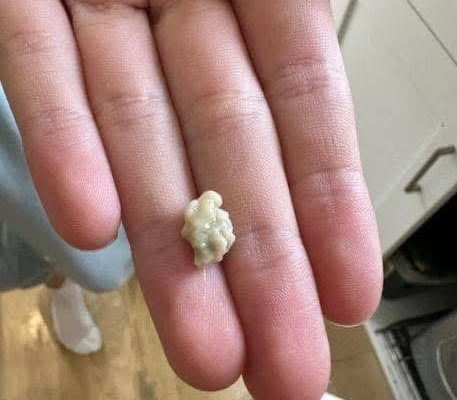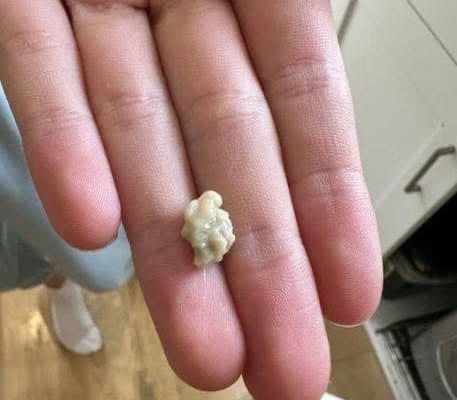Here’s what you need to know about tonsil stones – the weird pimple-like growths in your throat
Here’s what you need to know about tonsil stones – the weird pimple-like growths in your throat
The rise of social media sites has meant that photos and videos can be shared worldwide like never before. As a result, trends develop from time to time where there seems to be waves of similar content rolling out during a given period.
It probably shouldn’t come as a surprise that content to do with our bodies – and all the weird, wonderful, fascinating stuff it can do – has proven popular online. You’ll likely be all too familiar with videos including pimple popping (gross!), cyst draining (double gross!) and earwax removal.
But have you ever heard of tonsil stones? I hadn’t, in any case, so when I saw a video on the subject, I decided to do what I do best… share the information with you lovely folks…
I’ll admit to having a high degree of curiosity when it comes to all things related to the human body. I don’t necessarily think they’re nice to watch, but the viral-craze of the so-dubbed “pimple popping” videos hooked me like a fish.
That said, when I came across a related video concerning the removal of “tonsil stones”, I wasn’t quite sure what to expect.
To begin with, I’d probably better tell you what exactly tonsil stones are. I hadn’t heard of them before, let alone seen one. Perhaps I’m alone in this, maybe all you readers out there are familiar with them. Then again, maybe not…

il stones are hard white or yellow formations that occur on the tonsils. They’re neither painful nor harmful, and can usually be treated with home remedies.
The main causes of tonsil stones are trapped materials and debris in the tonsillar crypts, located in the – yep, you guessed it – tonsils, those oval-shaped, infection-fighting flaps of tissue located at the back of your throat. This can include minerals, such as calcium, food or debris, or even bacteria and fungi.
Now, tonsil stones are more common than one might think, though they don’t always cause symptoms. When they do, said symptoms can include bad breath, a cough, earache, and a sore throat, amongst others.





